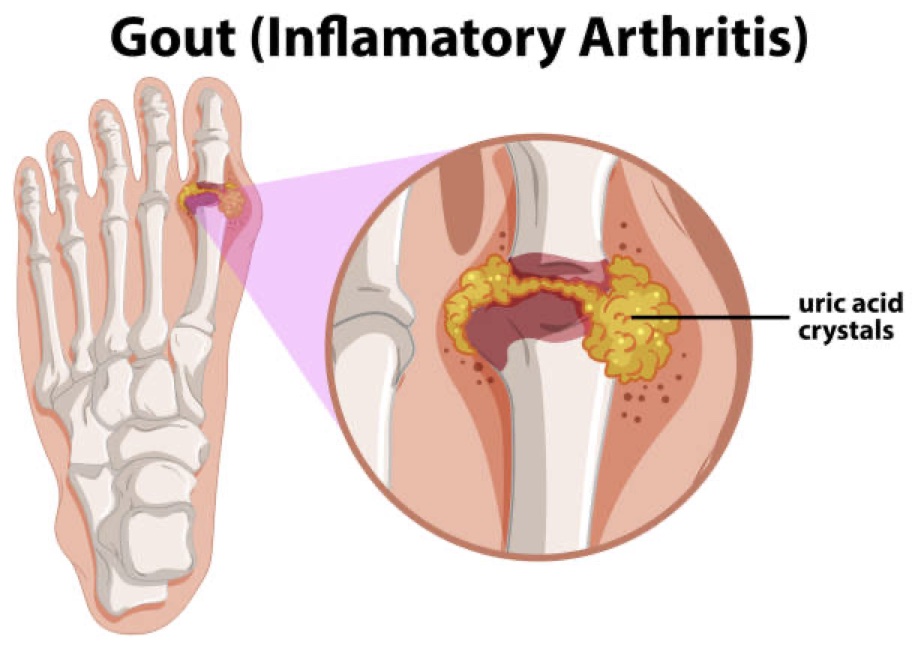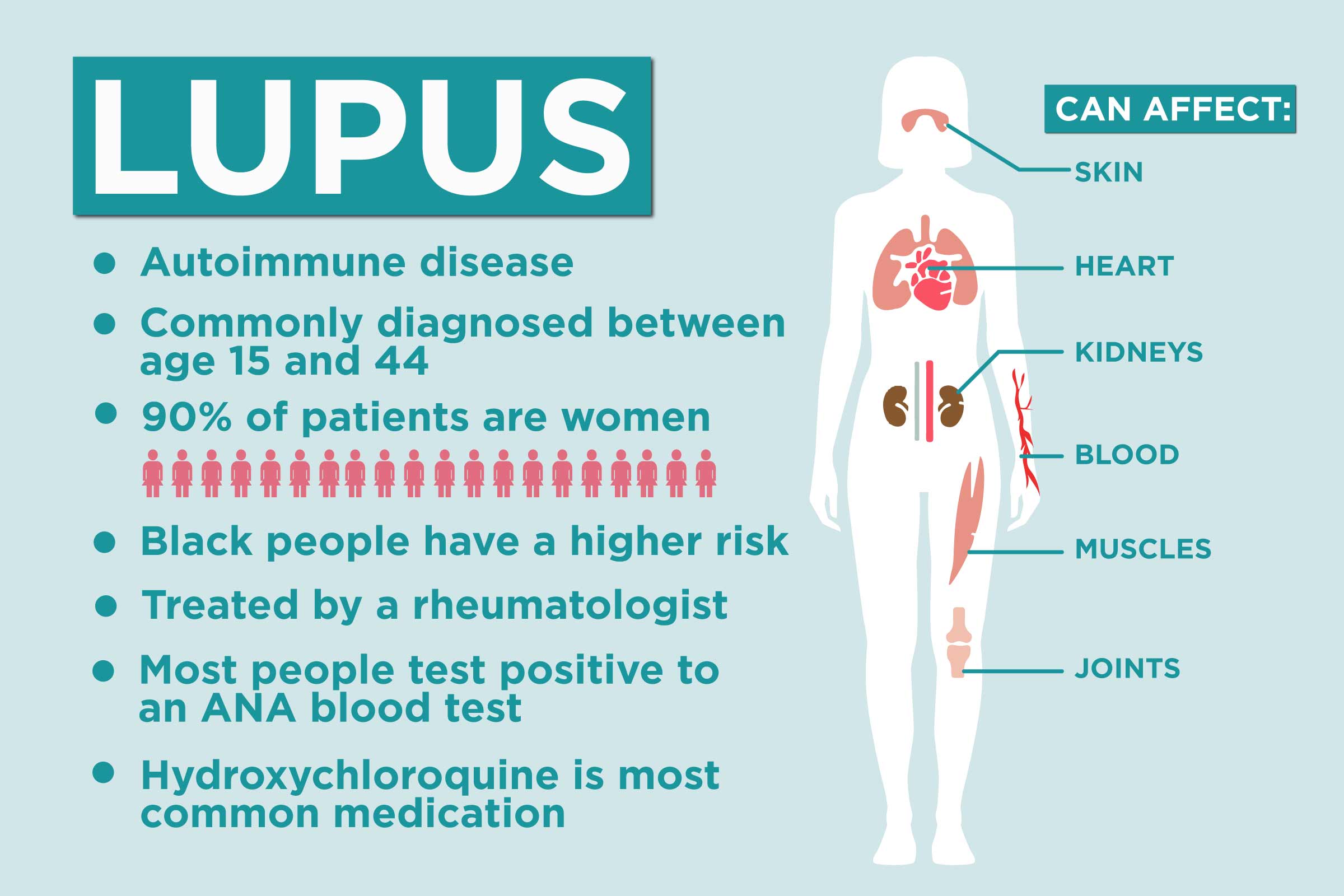When it comes to the disorders affecting the bones and joints, they come in many forms. From fractures to arthritis in the hands, some of them can heal by themselves, and some can lead to chronic pain or disability if they are not treated properly.
Having healthy joints allows your body to move with ease, and no matter if we are talking about the wrists, shoulders, knees, ankles, or even your fingers, their health is essential. Even some joints that are rarely injured, like the ones on the femur or humerus, contribute to movement and other vital functions such as protecting your organs by producing red blood cells through the bone marrow and keeping the bone mineralization healthy.
Joint disease types
There are various types of joint diseases, but the main name for all diseases that affects the joints is arthritis. It is one of the leading causes of disability, and it usually goes into two categories, osteoarthritis, and autoimmune joint disease. However, things go a bit further than those two categories, which is why we will cover each disease individually.
Gout
The type of arthritis that almost always affects the joint that connects the big toe to the rest of the foot, which is the metatarsophalangeal joint, is called gout. The reason why this condition develops is due to the excess uric acid which is produced in the blood. Because of it, crystals are formed in the joints, and they cause them to flare up. When it comes to visiting the gout doctor, men tend to do it more, as they are more prone to this disease which can be extremely painful at times.

Bursitis
When the small fluid-filled sac of the bursae is inflamed, that condition is called bursitis. This condition is commonly caused by the overuse of certain joints, like the ones in the hip, elbow, and shoulder. While not common, bacterial infections can also cause bursitis.
Osteoarthritis
One of the most common types of arthritis is osteoarthritis, which you might have guessed based on the general categorization of the disease that we mentioned earlier. According to an osteoarthritis doctor, this condition is the classic “wear-and-tear” form of the disease that increases with age.
Over the years, the cartilage that normally serves as a cushion for the joint wears down over time, and that leads to pain and stiffness. This feeling is enhanced when the person is moving, and in hip and knee arthritis, walking can be quite difficult. Osteoarthritis is known to be more common in adults who are over 50 years old, and women tend to be more vulnerable to it.
Lupus
While most previously mentioned conditions are mechanical or physiological, Lupus is an autoimmune condition that affects not only the joints but also other parts of the body like the skin, internal organs, blood, brain, and bones. Because of the inflammation that it causes, it is not uncommon for patients to experience inflamed joints.

Rheumatoid arthritis
Another autoimmune condition that affects the lining of the joints is called rheumatoid arthritis. This is when the cells of the immune system, which are normally not present in the joints, accumulate in them. Because of that, those immune cells interact with the joints, and it causes an inflammation that just grows larger over time. Eventually, they cause huge damage to both cartilage and the bone.
Spondyloarthritis
Another term for spondyloarthritis is spondylitis, and this term covers a broad number of rheumatoid diseases. Psoriatic arthritis, which is a skin condition, enteropathic arthritis that is related to bowels, and ankylosing spondylitis that is related to spinal fusion are just some examples.
Juvenile idiopathic arthritis
Shorter known as JIA, juvenile idiopathic arthritis is the most common chronic joint condition in children. Like a few other mentions, it is an autoimmune condition where the immune system attacks its own healthy tissue. The reason why the condition is called idiopathic is that the appearance of this condition is unknown.
JIA can affect various parts of the body like most autoimmune diseases do. Muscles, joints, internal organs, eyes, and ligaments can be affected, and this can add the serious concern to the way a child is going to grow next to the pain they can experience on an everyday basis.
Final word
While arthritis has been known to us for quite some time, the field of medicine is yet to fully understand why some variants of this disease occur and what the best way to prevent it is. At the moment, there are various ways that this disease can be treated, but even with those treatments, some patients are not lucky enough to have a life without some kind of handicap.
Interesting Related Article: “FES Physiotherapy and AFO for Foot Drop Treatment: Which is better?“

